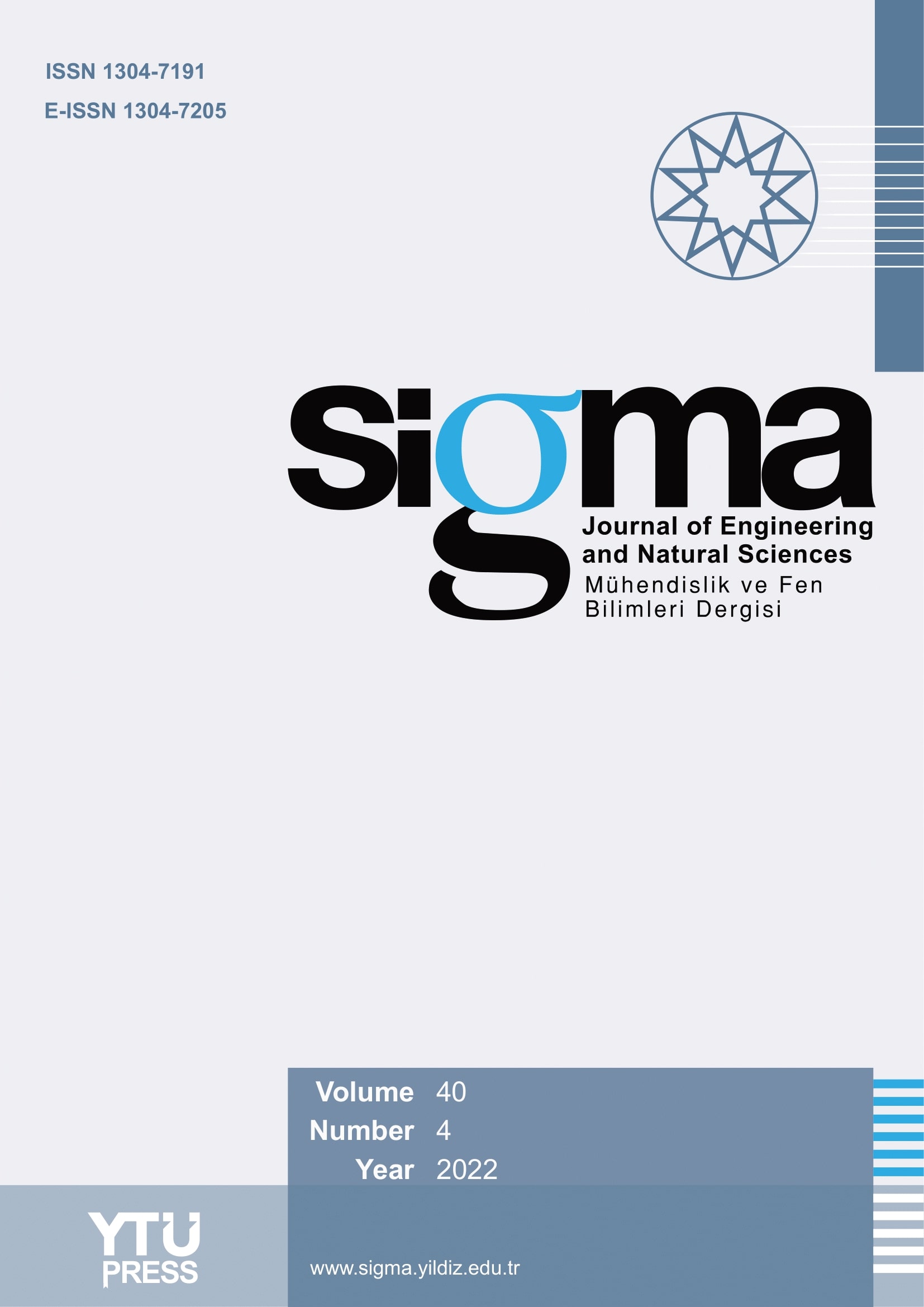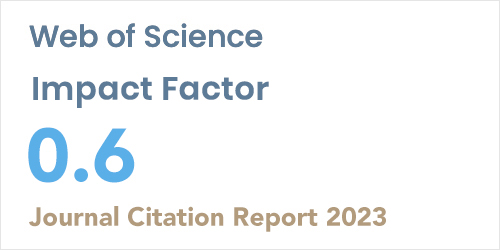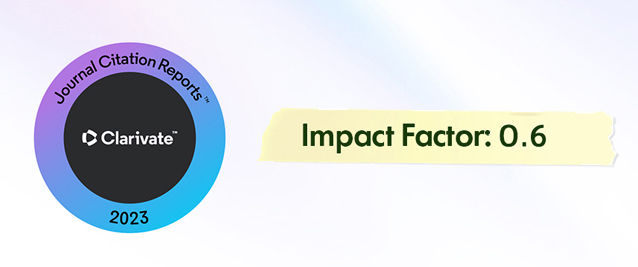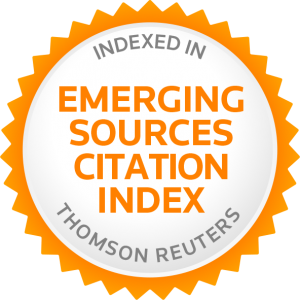Abstract
This study investigated crack growth and total energy of the system in 3 mol% yttria-stabilized tetragonal zirconia polycrystal (3Y-TZP) dental ceramics with varying alumina (Al2O3) content levels (0.03, 0.06, and 0.09 wt%) using a bond-based peridynamics. Simulations were conducted using the Large-scale Atomic/Molecular Massively Parallel Simulator (LAMMPS) in two stages: equilibrium and impact analysis at velocities of 2, 3, 4, 5, and 6 mm/s. Results revealed a direct correlation between Al2O3 concentration and crack length; specifically, a 26.72% increase in crack length was observed at 0.09 wt% Al2O3. This increase was attributed to enhanced interparticle repulsion, which resulted in decreased plastic deformability and reduced mechanical strength. In addition, the total energy of the system decreased by 74.75% in 3Y-TZP + 0.03 wt% Al2O3.













